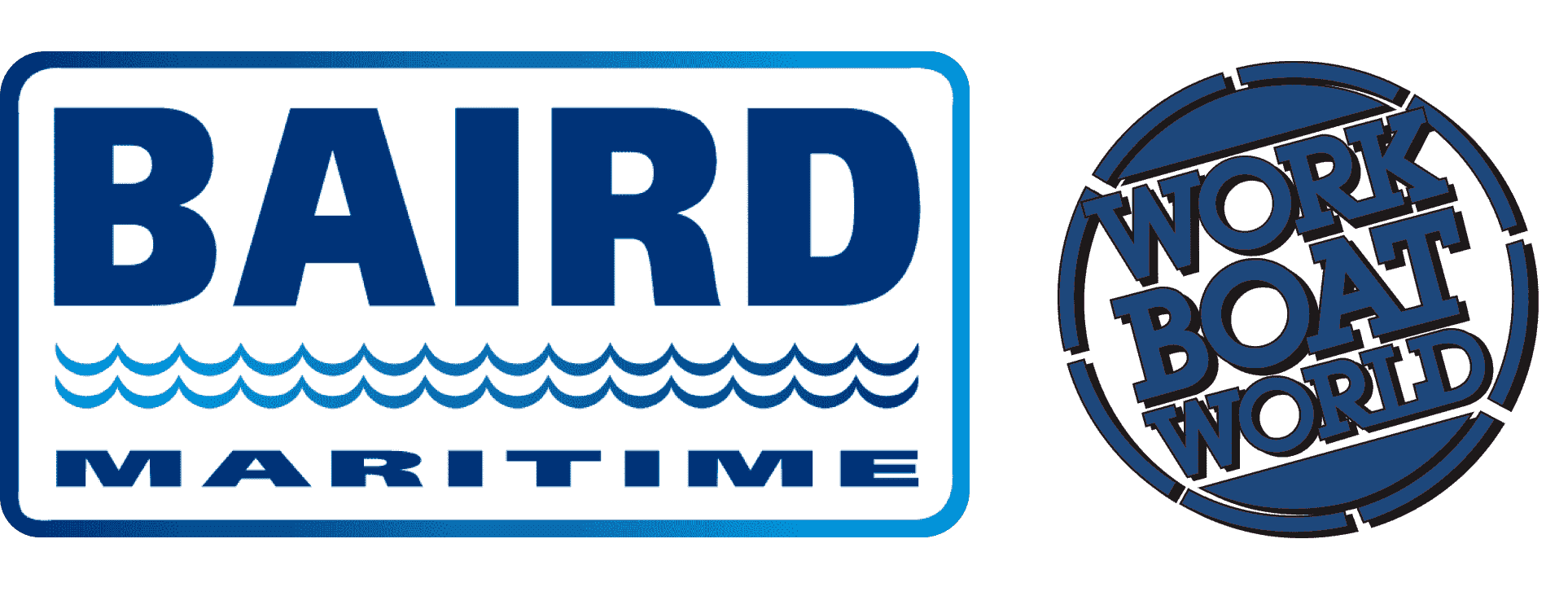VESSEL REVIEW | Juliette Gordon Low II & Susie King Taylor II – Hybrid electric ferries to serve commuter routes in Savannah, Georgia
Chatham Area Transit (CAT), the main provider of public transportation services in the Savannah Metropolitan Area in Georgia, has expanded its fleet of ferries with the recent acquisition of two hybrid electric vessels built by Derecktor Shipyards of Mamaroneck, New York.
Named Juliette Gordon Low II and Susie King Taylor II, the 65-foot (20-metre), all-aluminium vessels will each be capable of transporting 149 passengers at speeds of up to 11 knots.
The ferries were purpose-built to support CAT’s growing transportation network. They will operate on short, continuous routes between three key landings in Savannah.
According to John Allen, CAT Director of Marine Services, the two new ferries are the very first jet drive-equipped, hybrid electric vessels to be built and operated in the United States.
Efficient waterjet propulsion coupled with improved passenger accessibility
“Our company required a 150-passenger vessel that would be more energy efficient and maximally manoeuvrable to accommodate our intense schedule of mooring and leaving our three docks every 10 minutes through a 16-hour day, 362 days a year,” Allen told Baird Maritime.
“The vessels needed to be as user- and passenger-friendly as possible to prevent fatigue of our crew and [ensure] ease of embarking and debarking of passengers.”
The two new vessels will be operated as part of the Savannah Belles Ferry service and will augment CAT’s ageing fleet of older ferries.
“Our vessels operate between three docks on the Savannah Georgia riverfront. Two docks are located on the Savannah side, and one is in front of the Savannah Convention Center located on Hutchison Island, Georgia.”
As the Savannah Belles Ferry service’s earlier vessels lacked handicap-accessible onboard spaces, the new ferries were developed from the outset to incorporate the necessary improvements.
“Our new vessels have made it much easier,” Allen remarked. “One of my big requirements from the beginning was to have a built-in way for a ramp to slide off and make wheelchair access as easy as possible. The designers and builders have made my request a reality.”
The ferries each have a hybrid electric propulsion arrangement consisting of XALT lithium-ion batteries, a BAE Systems power system, and two Cummins diesel generators for battery charging, and twin Marine Jet Power waterjets.
“These are the same jets installed on an older vessel of ours [Florence Martus]. The major difference is that the impeller is turned with an electric motor rather than directly driven by a diesel engine drive shaft.”
Compared to the MJP units on CAT’s previous vessel, there are a number of upgrades on the new ferries. In each ferry’s wheelhouse is a digital screen that shows the exact positions of the buckets and jets as well as backup steering and bucket controls in the event of failure in the main system.
Waterjets were selected partly for their inherent manoeuvrability, an important consideration as CAT’s earlier vessels had faced a number of operational challenges such as frequent docking and varying currents.
Significant design changes adequately implemented
The electronics suite on each vessel includes a Garmin radar/chart plotter, two VHF radios, a loudhailer, and BAE Systems digital system control touchscreens. The wheelhouse also features a CCTV camera feed display screen and a Clever Devices tracking/automated PA system that tracks vessel location and automates messages when arriving at different docks.
Allen said the latter system also integrates into CAT’s bus tracker system, where passengers can see a real-time digital map of where the operator’s active ferries are at any given time.
“Our deck equipment is limited due to our limited route and consists of all standard equipment required by a US Coast Guard Subchapter T boat in 46 CFR,” Allen told Baird Maritime.
In the case of the new ferries, these include fire extinguishers, remote CO2 pull stations for the generator and battery compartments, boat hooks, life rings, and an anchor.
“The biggest challenges in designing the vessel were the fact that the original design called for a conventionally powered vessel with two main diesel engines and a generator,” Allen remarked.
“I took over this position after the initial design was almost complete and during the final stages of design, our board of directors and CEO decided it would be better to pivot to a hybrid electric design.
“The marine architect firm DeJong and Lebet was challenged with how to integrate this new requirement into the existing form factor. They took on the challenge and did an amazing job figuring out the many changes needed to make this transition successful.”


